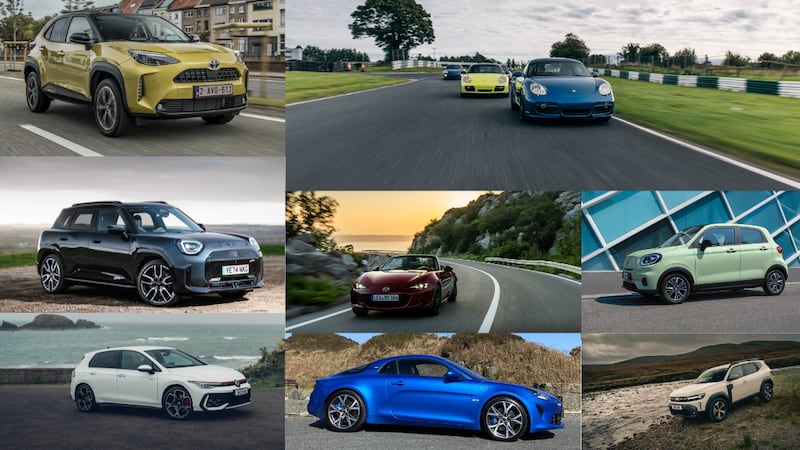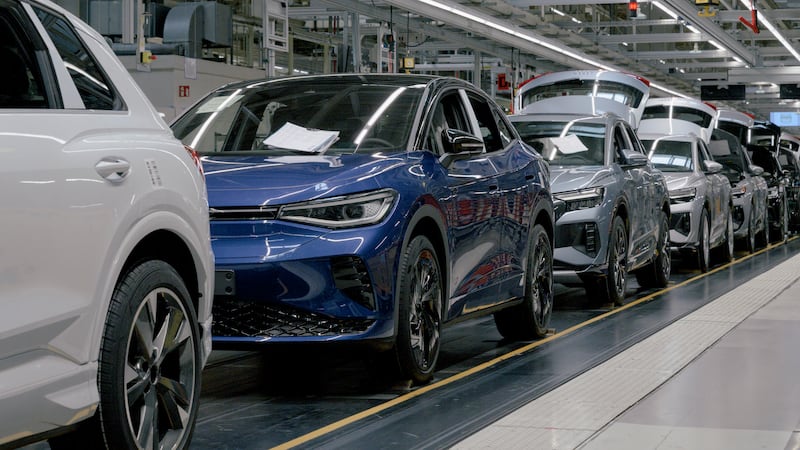Drivers who are reluctant to transition to electric vehicles (EV) can find out whether their concerns about battery range and costs are justified by using a new app.
The app tracks driver movements to identify the scale of cost savings from trading up to an EV.
EV owners can save between 50 and 60 per cent on fuel costs compared to a petrol or diesel car, according to the Sustainable Energy Authority of Ireland (SEAI). New owners of EVs should be prepared to see an increase in their electricity bill, although overall energy costs are substantially reduced.
The TRACT EV app has been developed by researchers at Trinity College Dublin and provides users with personalised insights into their driving behaviours and potential benefits of transitioning to an EV including emission reductions. It also factors in reduced servicing costs.
RM Block
Primarily aimed at the non-EV driver, it uses GPS and sophisticated algorithms to track users’ driving distances and calculate potential cost savings achievable through EV adoption. Where vehicles are charged is a big factor with motorway stations being among the most expensive options.
A team led by Prof Brian Caulfield with experts from civil engineering, psychology and computer science developed the app which is available in android and Apple formats. They hope to attract 10,000 users in its initial phase.
It is an attempt to “revolutionise [Irish] transportation habits and combat climate change”, he said. Part of the TRACT project – known as TRAnsport Behaviour Change Trials – it will focus on several specific use cases as well as the general public, including those without driveways; taxi drivers, apartment dwellers and rural groups to determine what would encourage them to switch.
People in rural areas will be given indication of distances they could drive without having to recharge their vehicles, while for taxi drivers battery ranges will be key data to be factored into their working day, he said.
Currently those with a driveway and a home charger can make the biggest savings, Prof Caulfield said.
The Government has committed to halving transport emissions by 2030 and achieving net zero by 2050, with EV uptake a key action, though EVs sales have been sluggish recently – given a target of almost 1 million by decade end.
“We believe that by empowering users with actionable insights and recommendations, we can encourage widespread adoption of electric vehicles and contribute to a greener, more sustainable future,” Prof Caulfield said.
The SEAI-funded TRACT project is also testing the potential of shared mobility hubs in collaboration with industry partners such as Yuko and BleeperBike. “The aim is to measure the impacts of interventions such as shared bikes, cars, active modes, and public transport on reducing emissions and encouraging modal shift,” he said.


















